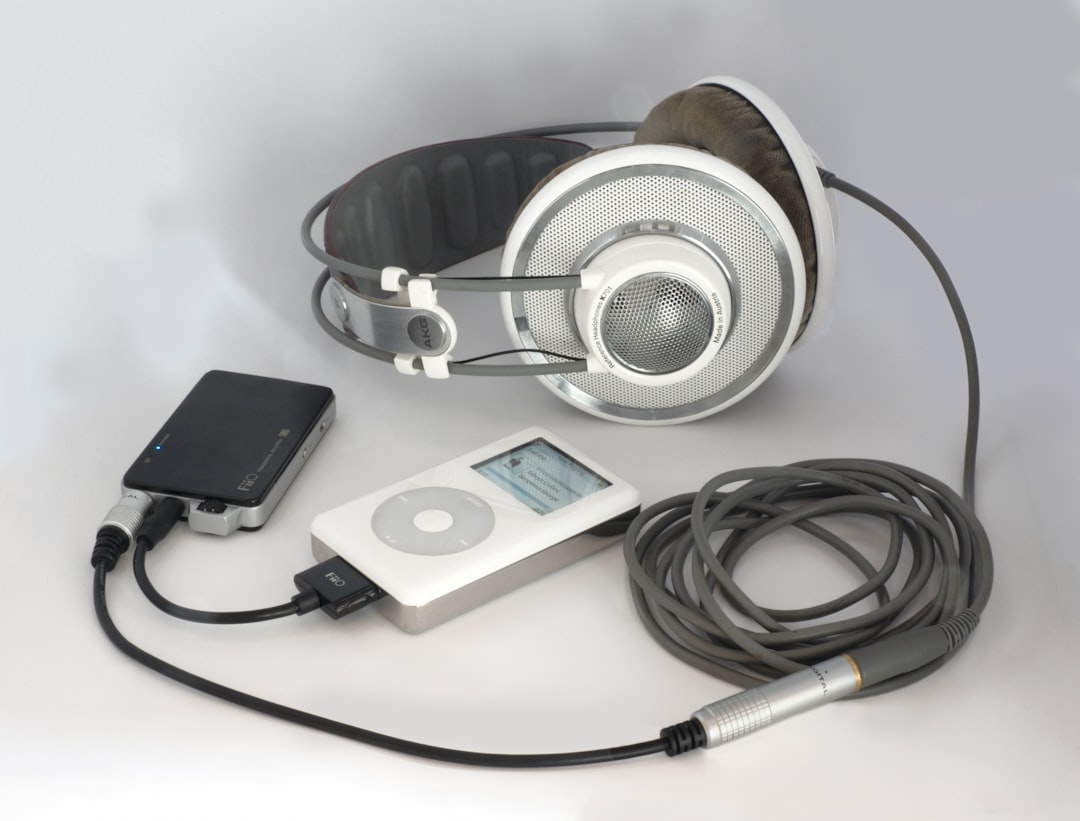You’re in the middle of an important video conference, passionately explaining your quarterly report, when suddenly your colleague’s dog barks, someone’s keyboard starts clattering, and there’s an echo bouncing back your own words. Distractions like these are more than just annoying—they can derail communication and lower productivity. That’s where noise suppression comes in. With the explosive growth of remote work and virtual meetings, noise suppression technology in conferencing apps has gone from a nice-to-have feature to a critical necessity.
What is Noise Suppression?
Noise suppression, or noise cancellation, is a technology that aims to eliminate or reduce unwanted sounds during virtual communication. Unlike noise cancellation in headphones, which blocks external ambient noise to create a quieter personal environment, noise suppression in conferencing apps focuses on delivering clean audio to others on the call. It ensures that only your voice is transmitted, filtering out irrelevant background noise.
Quality audio is essential for effective communication, especially in environments where participants might be working from coffee shops, busy homes, or open-plan offices. Noise suppression algorithms work in real-time to distinguish between voice and noise and then mute or reduce the volume of the background sounds.
How Does It Work?
At the heart of noise suppression is a blend of digital signal processing (DSP) and artificial intelligence (AI). These systems analyze the incoming sound frequencies and patterns to classify noises as either speech or background interference. Here’s a breakdown of the steps involved:
- Sound Detection: The microphone picks up all sounds from the user’s environment.
- Analysis: AI-powered models, often trained on vast datasets, analyze the incoming sounds to detect which are human speech and which are not.
- Filtering: Non-speech elements (e.g., dog barks, keyboard clacks, fan hums) are filtered out or lowered in volume to ensure only relevant audio reaches the other participants.
- Output: Cleaned-up audio is transmitted to others on the call, delivering a more seamless communication experience.
Modern systems are even capable of filtering out overlapping sounds—allowing your speech to come through even while background noise persists.

Types of Noise Suppression Techniques
Noise suppression spans several approaches, each with its own merits. Here’s a look at the most commonly implemented ones:
- Traditional DSP-Based Suppression: These methods use filters and pattern recognition to remove predictable noise types like static or low-frequency hums. They are reliable but can struggle with dynamic or unpredictable sounds.
- Machine Learning Models: These systems are trained on huge amounts of audio data and can distinguish complex sound environments. They excel at isolating the human voice and can adapt in real-time to changing noise patterns.
- Hybrid Systems: Many modern apps combine both DSP and AI techniques to leverage the advantages of both approaches, ensuring consistency and adaptability.
Benefits of Noise Suppression in Conferencing
The impact of effective noise suppression goes beyond mere audio clarity. It fundamentally enhances the overall virtual meeting experience. Here are some key benefits:
- Improved Focus: Less background distraction means participants can concentrate on the conversation without being sidetracked.
- Inclusive Environments: Those working in shared or noisy spaces are not penalized by their environment.
- Professionalism: Clean audio contributes to a polished and competent impression.
- Reduced Fatigue: Listening to poor audio takes more effort and can be mentally draining. Clear communications help alleviate “Zoom fatigue.”
- Accessibility: Noise suppression helps those who rely on transcription software, ensuring that auto-captions and notes are accurate and intelligible.
Case Studies: Apps That Do It Well
Several conferencing platforms have taken this need seriously by implementing powerful noise suppression features.
1. Zoom
Zoom offers multiple levels of noise suppression—from low to high—giving users the power to control how aggressively noise is filtered. Their advanced AI model can detect and suppress not only audience noises but also music and background voices.
2. Microsoft Teams
In 2020, Microsoft Teams deployed an advanced real-time noise suppression option powered by deep neural networks. It’s capable of cancelling out sounds like rustling bags, clicking pens, or even doors swinging shut.
3. Google Meet
Google Meet uses machine learning to process audio in real-time. Their cloud-based processing means users reap the benefits of constant updates without needing powerful devices. It can even suppress the sound of someone typing while talking—a frequent annoyance in meetings.

Challenges and Limitations
While noise suppression offers many advantages, it isn’t flawless. Here are a few challenges that developers are actively working to overcome:
- Voice Clipping: Sometimes, especially with aggressive suppression, part of the speaker’s voice gets muted—causing important words or syllables to be lost.
- Latency: Real-time audio processing can introduce slight delays. Cloud-based processing can exacerbate this, especially on slower connections.
- Environmental Adaptability: Noises vary widely between environments. A keyboard click might be ignored in one context but prominent in another. Generalizing for all users can be tough.
- Privacy Concerns: Cloud-based models raise data privacy questions, particularly in sensitive business or governmental meetings. Companies are now creating on-device AI models to address this.
Over time, as AI becomes more sophisticated and edge computing more powerful, many of these challenges are likely to be significantly diminished.
The Future of Noise Suppression
The next evolution of noise suppression will likely involve personalized audio environments. Imagine systems that adapt not just to noise but to your unique voice, dialect, and tone. AI models may eventually learn your voice pattern so well that they can remove any sound that interrupts your speech—even overlapping conversations in a crowded room.
Additionally, we may see significant growth in cross-platform collaboration. Instead of requiring each app to develop its own suppression tech, we might see standardized APIs allowing seamless noise management across different virtual tools. Think Slack calls, MS Teams, and Zoom pulling from the same powerful, trusted noise engine.
Another promising direction: spatial audio and noise directionality. Rather than just muting background noise, future systems may identify the origin point of a sound (e.g., tapping on your desk) and dynamically adjust suppression algorithms based on spatial orientation.
What Can Users Do Today?
While we wait for these future developments, here are a few practical tips that users can implement immediately to get the most out of noise suppression:
- Use Headsets: They reduce echo and isolate your microphone from environmental sounds.
- Stay Updated: Always keep your conferencing app updated to access the latest suppression algorithms.
- Test Your Audio: Most platforms let you test your microphone. Take a few seconds to check it before important calls.
- Enable Suppression Features: Some apps don’t activate suppression by default. Dig into the settings to turn them on and adjust the level.
- Turn Off Nearby Noise Sources: While suppression helps, proactively reducing noise—like closing doors or silencing alerts—still makes a big difference.
Conclusion
Noise suppression in conferencing apps has evolved from a niche feature to a key component of digital communication. As more companies embrace hybrid and remote work models, clear and coherent virtual conversations become paramount. Through the combination of AI, DSP, and user engagement, we are crafting a future of communication that feels as natural and distraction-free as face-to-face meetings.
So next time you’re clacking away on your keyboard while explaining a point, or your neighbor’s lawn mower starts buzzing, rest easy—your conferencing app might just have it covered.
